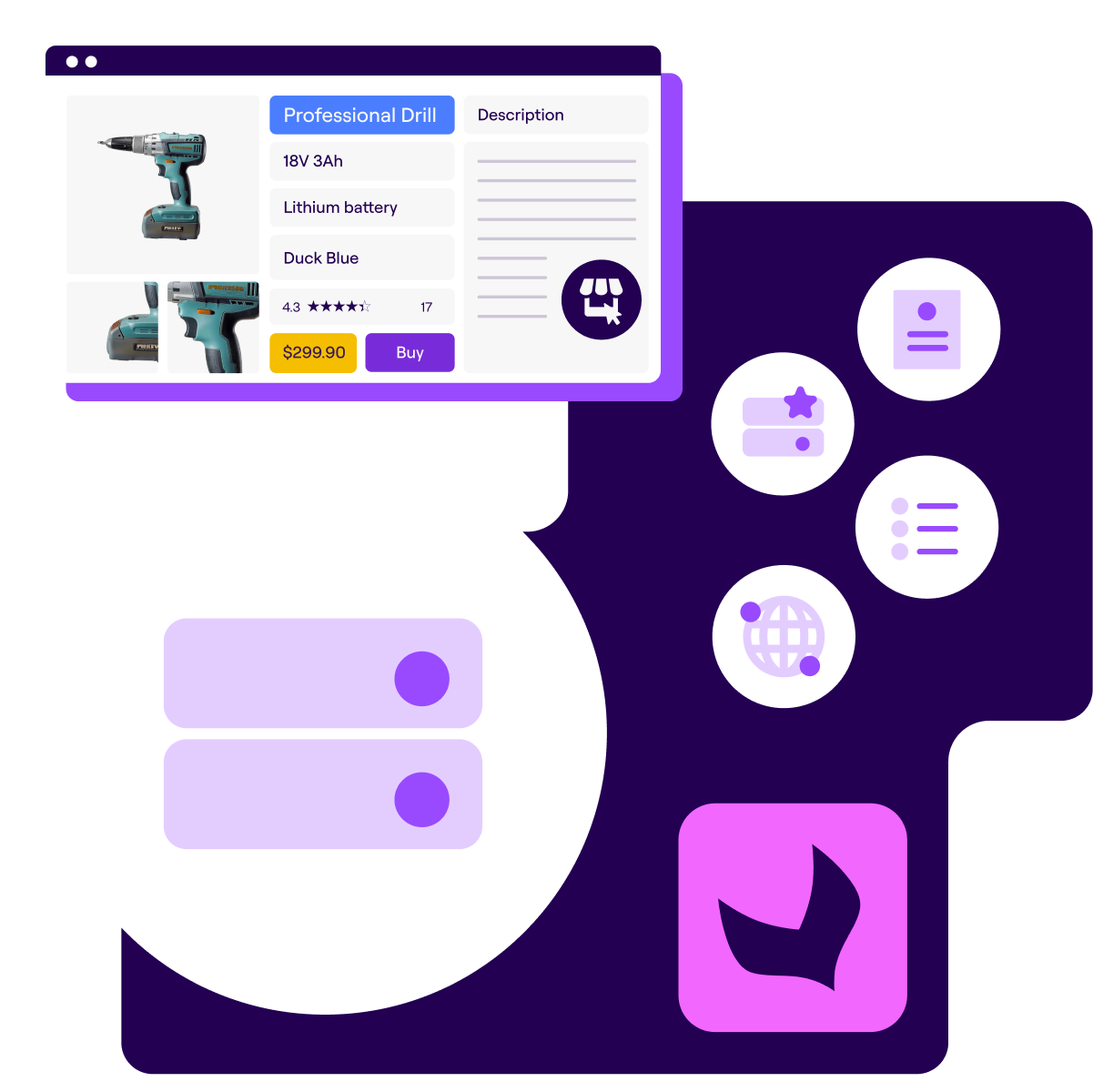A Product Information Management (PIM) solution acts as a central source of truth for data that enables the collection, management, and enrichment of product information to create and distribute product catalogs seamlessly and efficiently. By simplifying the management of product information and automating manual processes, a PIM solution enables businesses to create richer, more engaging product experiences at scale, allowing them to better respond to market demands and customer expectations.

PIM (Product Information Management) is a system or solution that helps businesses manage, centralize, and distribute product information effectively across different sales and marketing channels. The primary goal of PIM is to ensure that accurate, consistent, and up-to-date product data is available to customers and stakeholders, regardless of where they encounter it (eCommerce sites, print catalogs, mobile apps, etc.).
Key features include:



Our Akeneo Experts are here to answer all the questions you might have about our products and help you to move forward on your PXM journey.